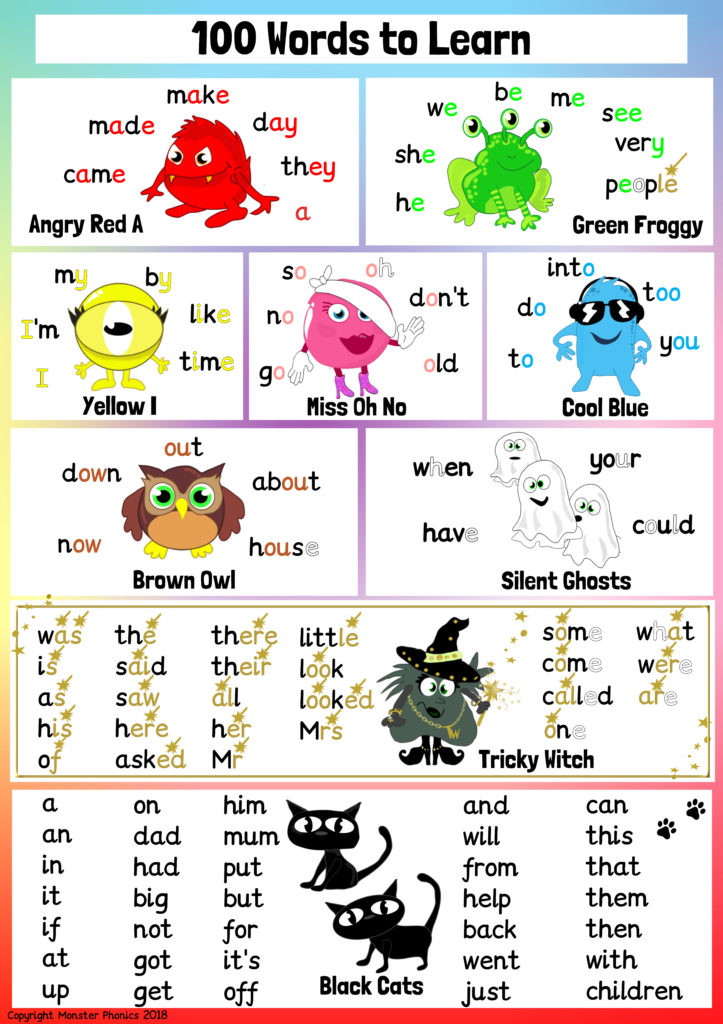Phonics
Phonics at Jesse Gray Primary School
Phonics is the prime approach to learning to read and spell and we make high quality phonics teaching a priority each day across FS2 - KS1. Continued use in KS2 is also an integral strategy used within reading and writing.
Our sessions are systematic and interactive; allowing children to learn in a mixture of visual, auditory and kinaesthetic styles.
 Intent
Intent
The teaching of phonics at Jesse Gray Primary School uses the Monster Phonics approach. As phonics is the prime approach to decoding print we make sure our early readers and writers are taught this systematic, synthetic programme on entry into FS2. Our expectation is that the children will be fluent readers having secured word recognition skills by the end Key Stage One. Sessions take place each day and follow the 4-part structure lasting a minimum of 20 minutes:
Revisit - Teach - Practice - Apply
We teach grapheme/phoneme correspondences in a clearly defined, incremental sequence and enable children to use a range of recording strategies.
Implementation
-Phase 2
The purpose of this phase is to teach at least 19 letters, and move children on from oral blending and segmentation to blending and segmenting with letters. By the end of the phase many children should be able to read some VC and CVC words and to spell them either using magnetic letters or by writing the letters on paper or on whiteboards.
During the phase they will be introduced to reading two-syllable words and simple captions. They will also learn to read some high-frequency ‘tricky’ words: the, to, go, no.
Letter progression (one set per week)
Set 1 : s a t p Set 2: i n m d Set 3: g o c k Set 4: ck e u r Set 5: h b f, ff l, ll ss
-Phase 3
The purpose of this phase is to teach another 25 graphemes, most of them comprising two letters (e.g. oa), so the children can represent each of about 42 phonemes by a grapheme (the additional phoneme /zh/ found in the word ‘vision’ will be taught at Phase Five). Children also continue to practice CVC blending and segmentation in this phase and will apply their knowledge of blending and segmenting to reading and spelling simple two-syllable words and captions. They will learn letter names during this phase, learn to read some more tricky words and also begin to learn to spell some of these words.
Set 5: j v w x Set 6: y z, zz qu
- Phase 4
Children entering Phase Four will be able to represent each of 42 phonemes by a grapheme, and be able to blend phonemes to read CVC words and segment CVC words for spelling. They will have some experience in reading simple two-syllable words and captions. They will know letter names and be able to read and spell some tricky words. The
purpose of this phase is to consolidate children’s knowledge of graphemes in reading and spelling words containing adjacent consonants and polysyllabic words.
- Phase 5
The purpose of this phase is for children to broaden their knowledge of graphemes and phonemes for use in reading and spelling. They will learn new graphemes and alternative pronunciations for these and graphemes they already know, where relevant. Some of the alternatives will already have been encountered in the high-frequency words that have been taught. Children become quicker at recognising graphemes of more than one letter in words and at blending the phonemes they represent. When spelling words, they will learn to choose the appropriate graphemes to represent phonemes and begin to build word-specific knowledge of the spellings of words.
- Phase 6
By the beginning of Phase Six, children should know most of the common grapheme– phoneme correspondences (GPCs). They should be able to read hundreds of words, doing this in three ways:
reading the words automatically if they are very familiar;
decoding them quickly and silently because their sounding and blending routine is now well established;
decoding them aloud. Children’s spelling should be phonemically accurate, although it may still be a little unconventional at times.
During this phase, children become fluent readers and increasingly accurate spellers
Impact
We will measure the impact by:
Using formative and summative assessment procedures in phonics lessons and activities to track, intervene
and adjust teaching and learning.
Monitoring the use of phonics across the school and curriculum.
Monitoring and observing phonics teaching and learning across the school and curriculum.
Monitoring the achievement of Year 1 and Year 2 pupils in the national phonics screening check.
Providing support and cpd to all staff.
Providing support and advice to parents and carers on a regular basis.
/docs/Monster_phonics_parent_letter.docx






.JPG)





